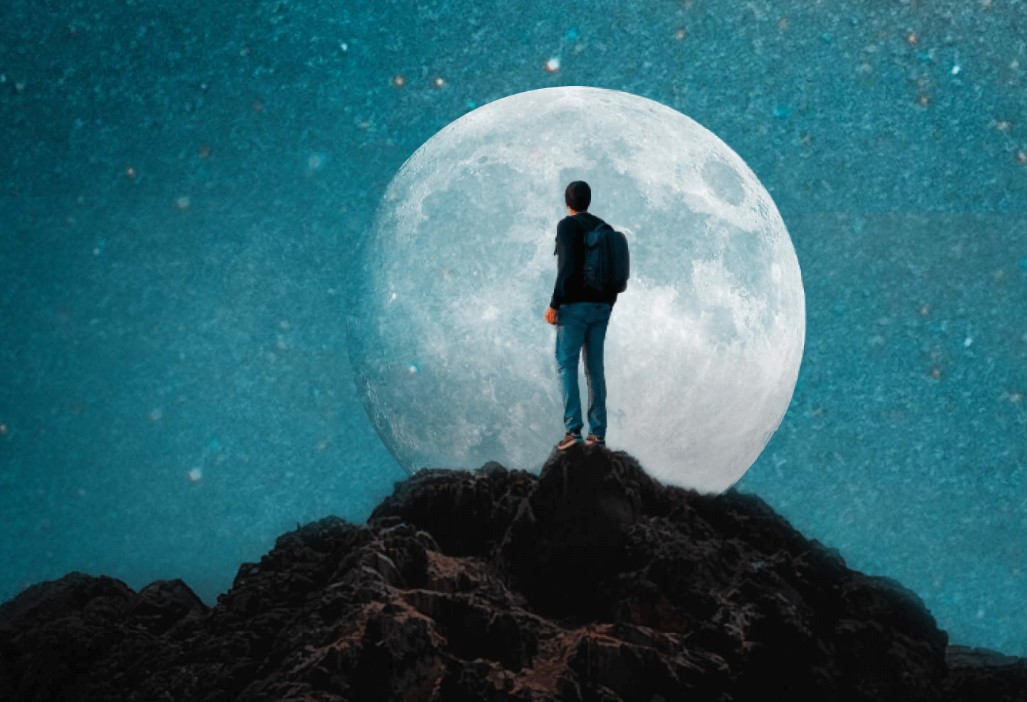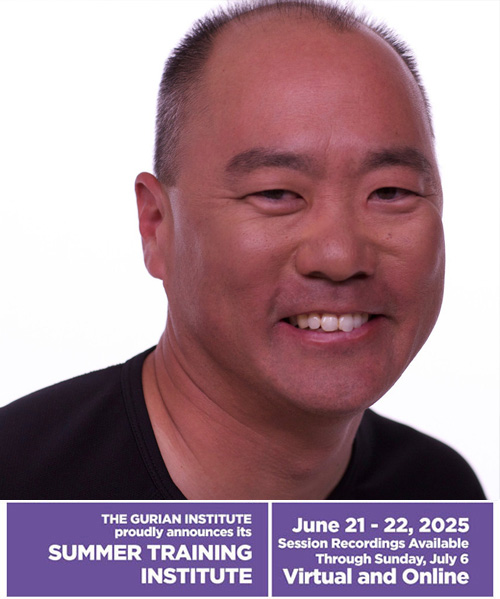Dr. Jed Diamond, an evolutionary medicine specialist, has studied male depression and suicide for decades. He recently joined with colleagues to develop Moonshot For Mankind, a coalition to advance male and female positive programs worldwide.
This week’s blog post by Dr. Diamond is the first part of two parts in which he looks at male development from an evolutionary viewpoint.
Homecoming: An Evolutionary Approach for Healing Depression and Preventing Suicide, Part 1, by Jed Diamond, Ph.D.
Depression and suicide have been my companions as far back as I can remember. I was five years old when my mid-life father took an overdose of sleeping pills. Though he didn’t die our lives were never the same. I grew up wondering what happened to my father, when it would happen to me, and what I could do to prevent it from happening to other families.
In an article, “Being Bipolar: Living and Loving in a World of Fire and Ice,” I described my own mental health challenges and healing journey. In my book, The Irritable Male Syndrome: Understanding and Managing the 4 Key Causes of Depression and Aggression, I shared my research and clinical experience that convinced me that men and women are different in ways they deal with depression and aggression in their lives and in other ways as well.
Depression and suicide are not just problems for men, but there is something about being male that increases our risk of dying by suicide. According to recent statistics from the National Institute of Mental Health, the suicide rate among males is, on average, 4 times higher (22.8 per 100,000) than among females (5.7 per 100,000) and at every age the rate is higher among males than females:
Age Male Rate Female Rate Male/Female Ratio
10-14 3.3 2.3 1.4
15-24 23.8 6.1 3.9
25-44 30.0 7.4 4.0
45-64 27.1 8.2 3.3
65-74 26.1 5.6 4.7
75-84 38.2 4.8 8.0
85+ 55.7 3.3 17.0
Even during our youth where suicide rates are relatively low, males are still more likely to die by suicide than are females. It is also clear to me as my wife and I move into our 80s, we face many challenges as we age, but it is older males who more often end their lives by suicide with rates 8 to 17 times higher than for females.
In my book, My Distant Dad: Healing the Family Father Wound, I describe my father’s slide into depression and the despair that increased when he couldn’t find work. As a writer, he wrote regular entries in his journals. I still feel the pain as I re-read them and feel his increasing shame when he couldn’t support his family:
July 3rd: “Oh, Christ, if I can only give my son a decent education—a college decree with a love for books, a love for people, good, solid knowledge. No guidance was given to me. I slogged and slobbered and blundered through two-thirds of my life.”
July 24th: “Edie dear, Johnny dear, I love you so much, but how do I get the bread to support you? The seed of despair is part of my heritage. It lies sterile for months and then it gnaws until its bitter fruit chokes my throat and swells in me like a large goiter blacking out room for hopes, dreams, joy, and life itself.”
August 8th: “Sunday morning, my humanness has fled, my sense of comedy has gone down the drain. I’m tired, hopelessly tired, surrounded by an immense brick wall, a blood-spattered brick world, splattered with my blood, with the blood of my head where I senselessly banged to find an opening, to find one loose brick, so I could feel the cool breeze and could stick out my hand and pluck a handful of wheat, but this brick wall is impregnable, not an ounce of mortar loosens, not a brick gives.”
September 8th: “Your flesh crawls, your scalp wrinkles when you look around and see good writers, established writers, writers with credits a block long, unable to sell, unable to find work, Yes, it’s enough to make anyone, blanch, turn pale and sicken.”
October 24th: “Faster, faster, faster, I walk. I plug away looking for work, anything to support my family. I try, try, try, try, try. I always try and never stop.”
November 12th: “A hundred failures, an endless number of failures, until now, my confidence, my hope, my belief in myself, has run completely out. Middle aged, I stand and gaze ahead, numb, confused, and desperately worried. All around me I see the young in spirit, the young in heart, with ten times my confidence, twice my youth, ten times my fervor, twice my education. I see them all, a whole army of them, battering at the same doors I’m battering, trying in the same field I’m trying. Yes, on a Sunday morning in November, my hope and my life stream are both running desperately low, so low, so stagnant, that I hold my breath in fear, believing that the dark, blank curtain is about to descend.”
Four days later, he took an overdose of sleeping pills and spent seven years in a mental hospital receiving “treatment” until the day he escaped. The book has a happy ending, but it took a long time to get there.
I share what I have learned over the years in an on-line course, “Healing the Family Father Wound.” I recently read a chapter in the book, The Palgrave Handbook of Male Psychology and Mental Health edited by J.A. Barry, et al., by Martin Seager, titled “From Stereotypes to Archetypes: An Evolutionary Perspective on Male Help-Seeking and Suicide,” that adds some important pieces to the puzzle and added to my understanding of male depression and suicide and how we can more effectively help men and their families.
An Evolutionary Understanding of Male Psychology
“In our current age it is unfashionable to think of human gender as connected with our biology and evolution,” says Dr. Seager. “Gender is currently thought of primarily as a social construct, a theory that carries assumptions that gender can be fluid, molded by education or even chosen as a part of a lifestyle. Gender is increasingly seen as a collection of disposable social stereotypes, separate from and unrelated to biological sex.”
Dr. Seager goes on to say, “This hypothesis is bad science and even worse philosophy…When held up against the anthropological and cross-cultural evidence, a social constructionist theory of gender cannot explain clearly observable and universal patterns of male and female behavior.”
I agree with Dr. Seager and have long held that we cannot understand or help men, or women, without recognizing our biological roots in the animal kingdom. In my book, 12 Rules For Good Men, Rule #4 is “Embrace Your Billion Year History of Maleness.” I introduce the chapter with a quote from cultural historian Thomas Berry. “The natural world is the largest sacred community to which we belong. To be alienated from this community is to become destitute in all that makes us human.”
I also say in the book that all humans are also mammals and we cannot understand men without recognizing that fact. Dr. Seager agrees. “Human beings are evolved mammals and they have never stopped being so,” says Seager. “Whatever social, cultural and political structures are placed upon us as humans, these cannot erase our mammalian heritage and indeed are constructed upon and shaped by that heritage, though not determined or defined by it.”
Dr. Seager goes on to say, “Globally, across all human tribes or societies and throughout all known history and pre-history, allowing for inevitable variation across a spectrum, there are universal patterns of male and female behavior in the human species.”
Based on the most massive study of human mating ever undertaken, encompassing more than 10,000 people of all ages from thirty-seven cultures worldwide, evolutionary psychologist Dr. David Buss found that there are two human natures, one male and one female. In his book, The Evolution of Desire: Strategies of Human Mating, Dr. David Buss explains the evolutionary roots of what men and women want and explains why their desires differ so radically.
“Within human beings perhaps the most obvious universal patterns of sexual differences are: Female: (1) Beauty, attraction and glamour (Including body adornment) and (2) Bearing and nurturance of new-born infants and young children. Male: (1) Physical protection (strength) and (2) Risk-taking,” says Dr. Seager.
Dr. Seager goes on to say, “In all human cultures throughout history and prehistory there is consistent and incontestable evidence of males taking high levels of risk to protect and provide for their family, tribe, and community or nation either collectively as bands of hunters and warriors or as individuals.”
Some view male risk-taking as foolhardy, immature, self-destructive, and harmful to women and children as well as men themselves. But both Dr. Seager and I recognize that protecting women and children and risk-taking behavior are archetypal, instinctual, positive, and evolutionarily important for survival strategies.
In the second part of this series, we will continue our exploration of ways we can improve our understanding of male depression and suicide and how we can be more effective in helping men and their families.
You can learn more about the work of Martin Seager at the Centre For Male Psychology. We need more programs for men that are evolutionary-archetypally informed. You can learn more at MenAlive.com and MoonshotForMankind.org. If you like articles like these, I invite you to become a subscriber.










